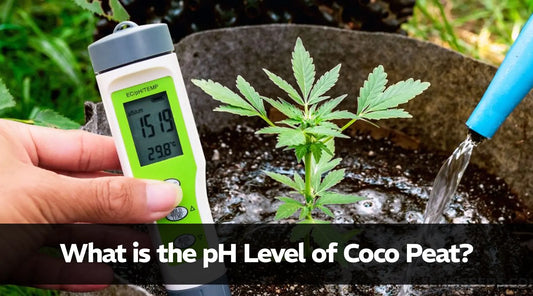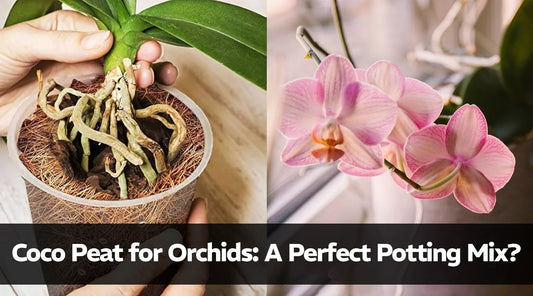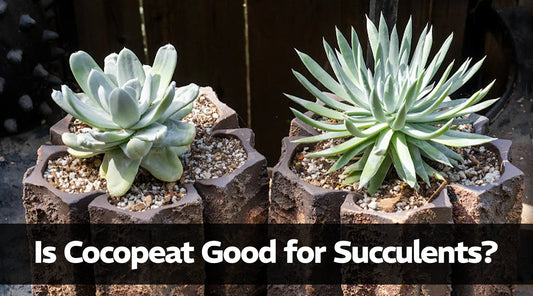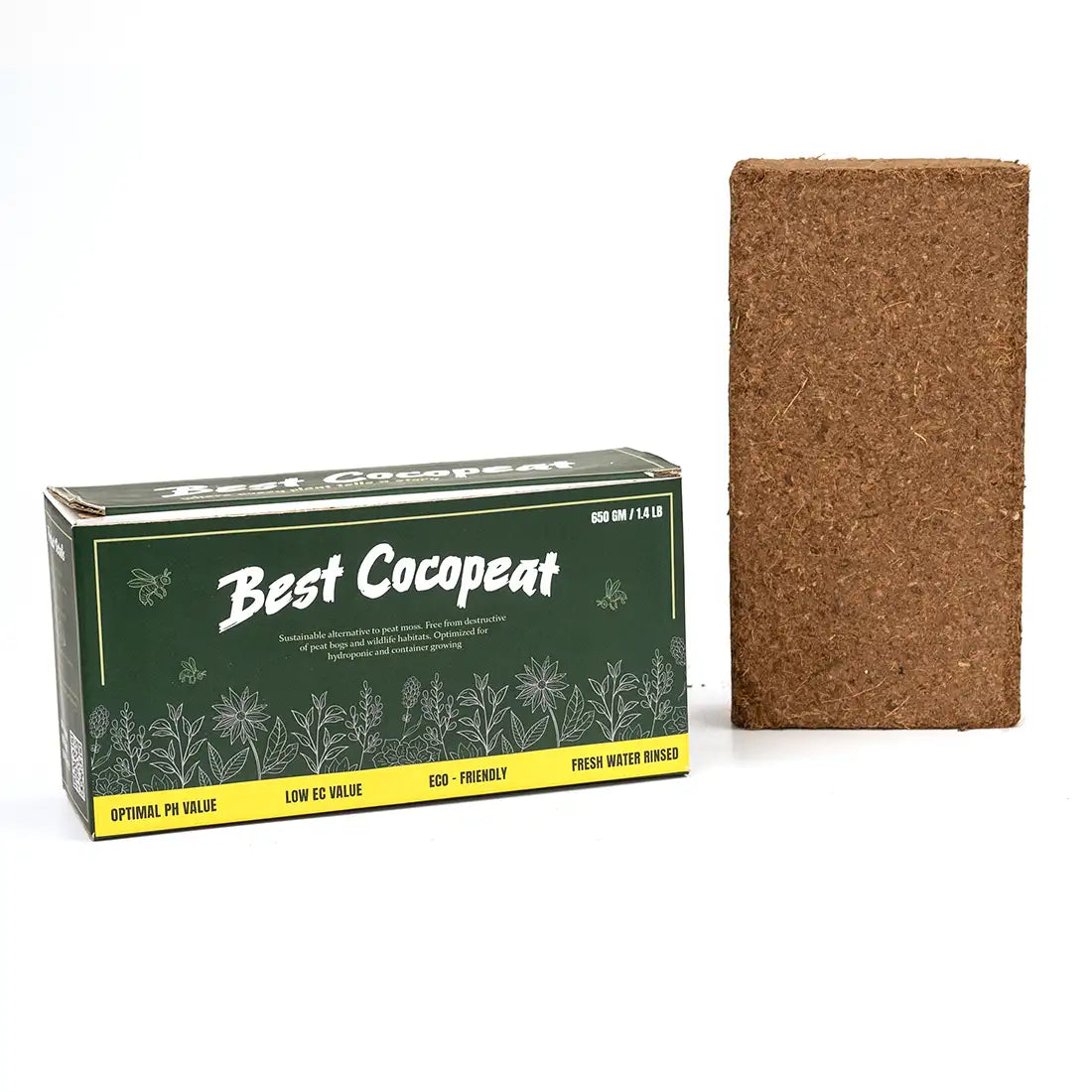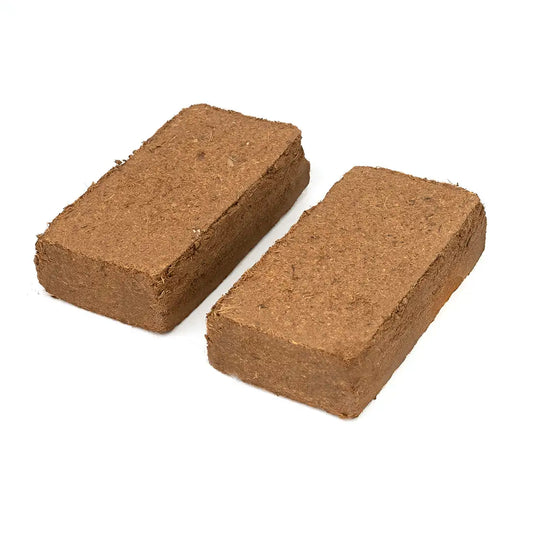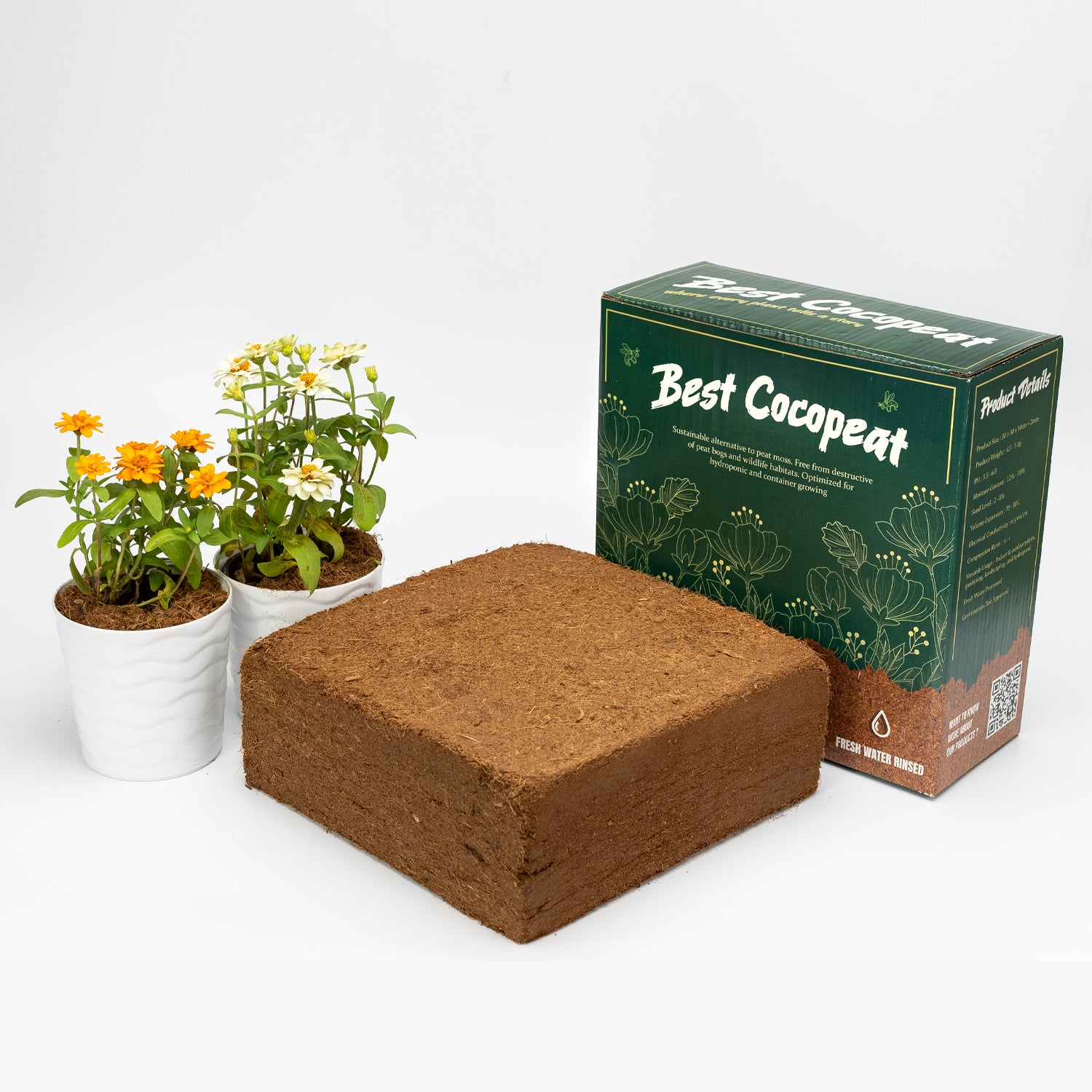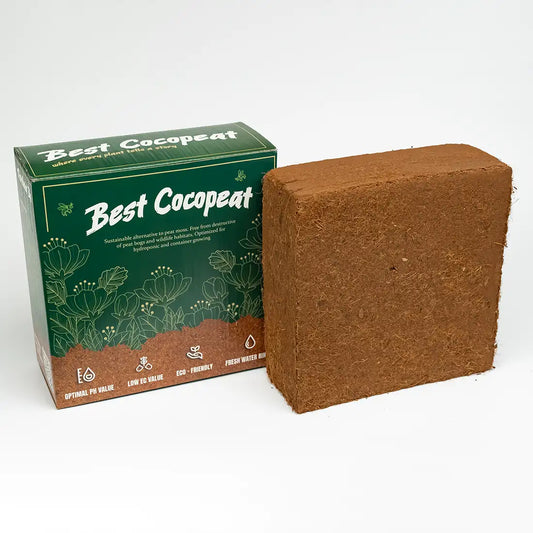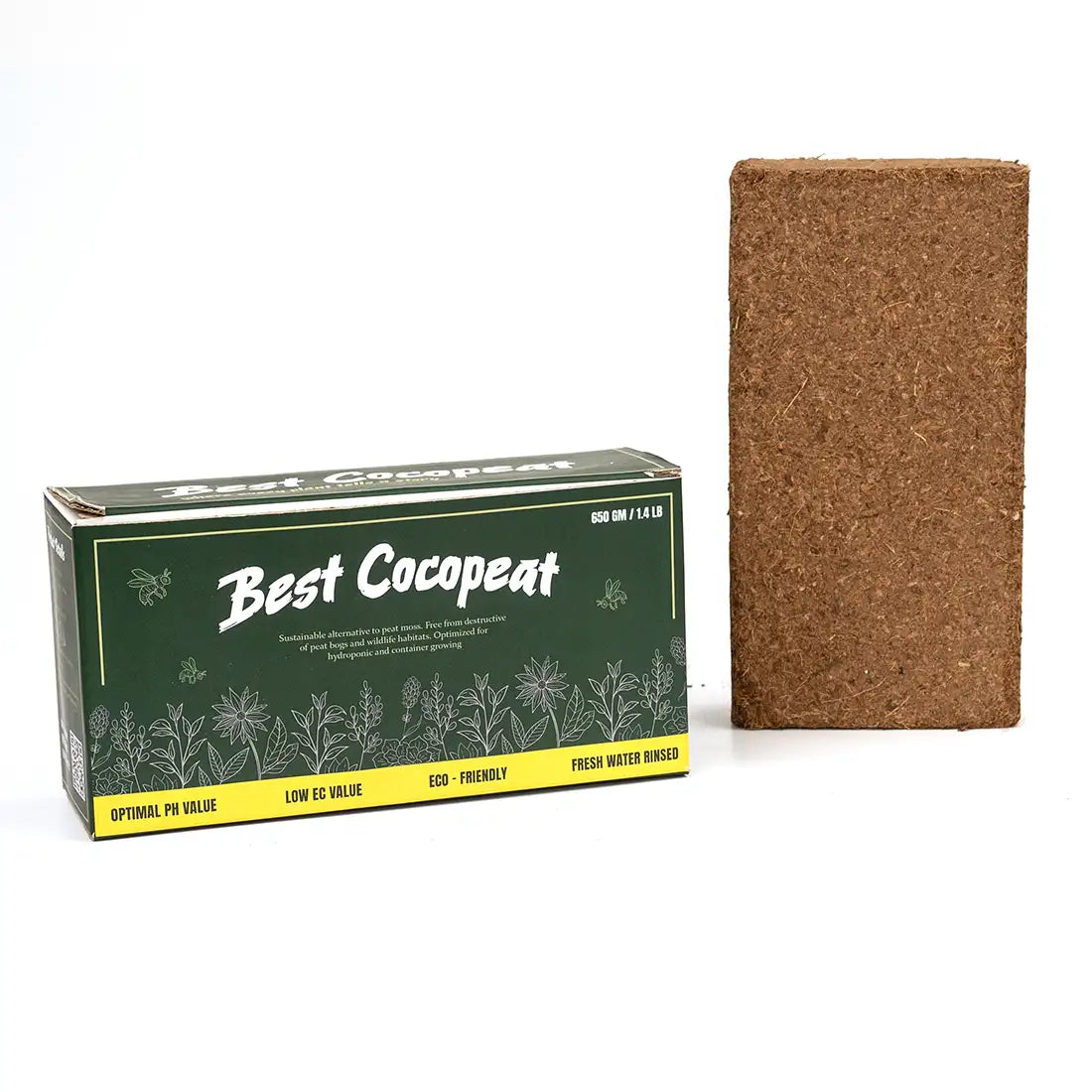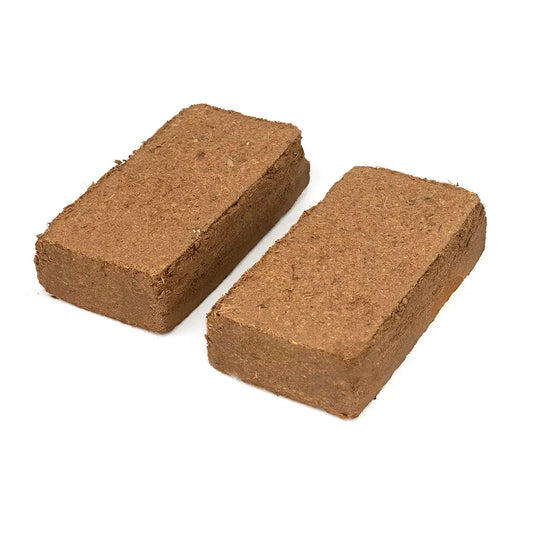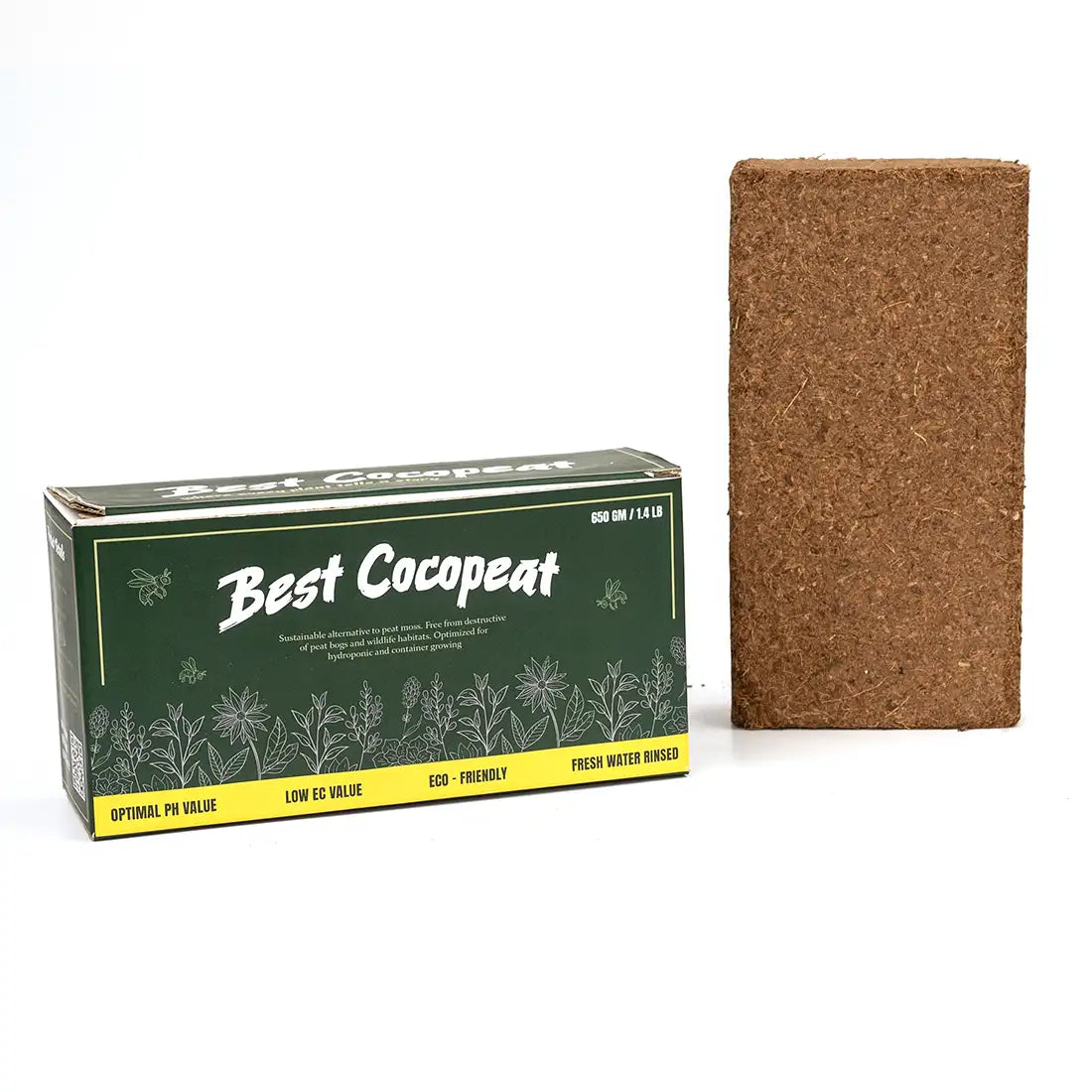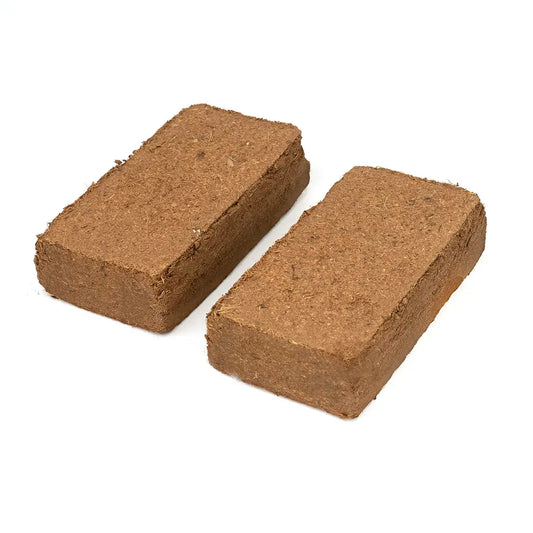Hydroponics is an advanced method for growing plants without soil, and its effectiveness depends on the use of the proper growing media. Coco peat for hydroponics is a renewable and ecological option that offers outstanding water retention and air circulation, making it one of the best options for hydroponic plants. Cocopeat may greatly boost the productivity and development of plants, no matter your level of hydroponics experience.
Why Use Coco Peat for Hydroponics?
A byproduct of processing coconut husks is coco peat, often referred to as coconut peat. Since it can hold moisture while giving roots the right amount of air circulation, it has become a popular option for hydroponic cultivators. Coco peat soil is suitable for hydroponic indoor plants since it is lightweight, pH-neutral, and resistant to fungal infections, unlike traditional soil.
Coco Peat's Advantages for Hydroponic Systems
-
Excellent Retention of Water
Since coco peat can hold up to ten times its weight in water, hydroponic plants will have a consistent source of hydration. -
Outstanding Airflow
Coco peat effectively holds water while allowing for sufficient air circulation, which keeps roots from dying and promotes healthy root growth. -
Sustainable & Eco-friendly
coco peat for hydroponics, made from coconut husks, is an environmentally friendly resource that helps produce less agricultural waste. -
pH-Neutral and Absorption of Nutrients
Due to its neutral pH, coco peat helps the upkeep of ideal nutrient levels in hydroponic systems. -
Avoiding Root Diseases
Compared with regular soil, cocopeat helps maintain the health of plants because it is resistant to common plant diseases and fungi.
How to Use Coco Peat for Hydroponic Plant Growth
Here are some simple directions to follow if you're wondering how to grow hydroponic plants with coco peat:
-
Get the coco peat ready.
-
To allow the coco peat to expand completely, soak it in water for a few hours.
-
To get the proper moisture balance, drain any extra water.
-
Setup the Hydroponic Plant
-
For improved drainage, use coco peat alone or in combination with perlite.
-
Add coco peat to the hydroponic beds or growth containers.
-
Add Nutrients
-
Natural minerals are absent from coco peat soil due to its dry nature.
-
For better plant growth, use a hydroponic nutrient solution that is rich in essential nutrients.
-
Track the pH and moisture levels.
-
Sustain the hydroponic plant system air and water circulation in the proper ratios.
-
Check pH levels regularly and make any necessary changes.
Best Hydroponic Plants Using Coco Peat
Using coco peat in a hydroponic plant system, many plants grow. The following are some of the best plants for hydroponics:
-
Greens with leaves (lettuce, spinach, kale)
-
Herbs (basil, cilantro, mint)
-
Strawberries
-
Tomatoes
-
Peppers
Selecting the Best Hydroponic Coco Peat
Not every type of coco peat is made equal. Choose the best cocopeat that is balanced appropriately, free of unsafe salts, and well-processed to guarantee success. For hydroponics, look for quality coco peat that offers a perfect proportion of air circulation to moisture retention.
Conclusion
The use of coco peat in hydroponics is revolutionary for gardeners who want to improve their hydroponic indoor plants. One of the great growing media for hydroponic plant systems is coco peat because of its outstanding air circulation, exceptional water retention, and environmentally friendly. Whether you're cultivating fruits, veggies, or herbs, adding cocopeat to the system guarantees strong, healthy plants.

